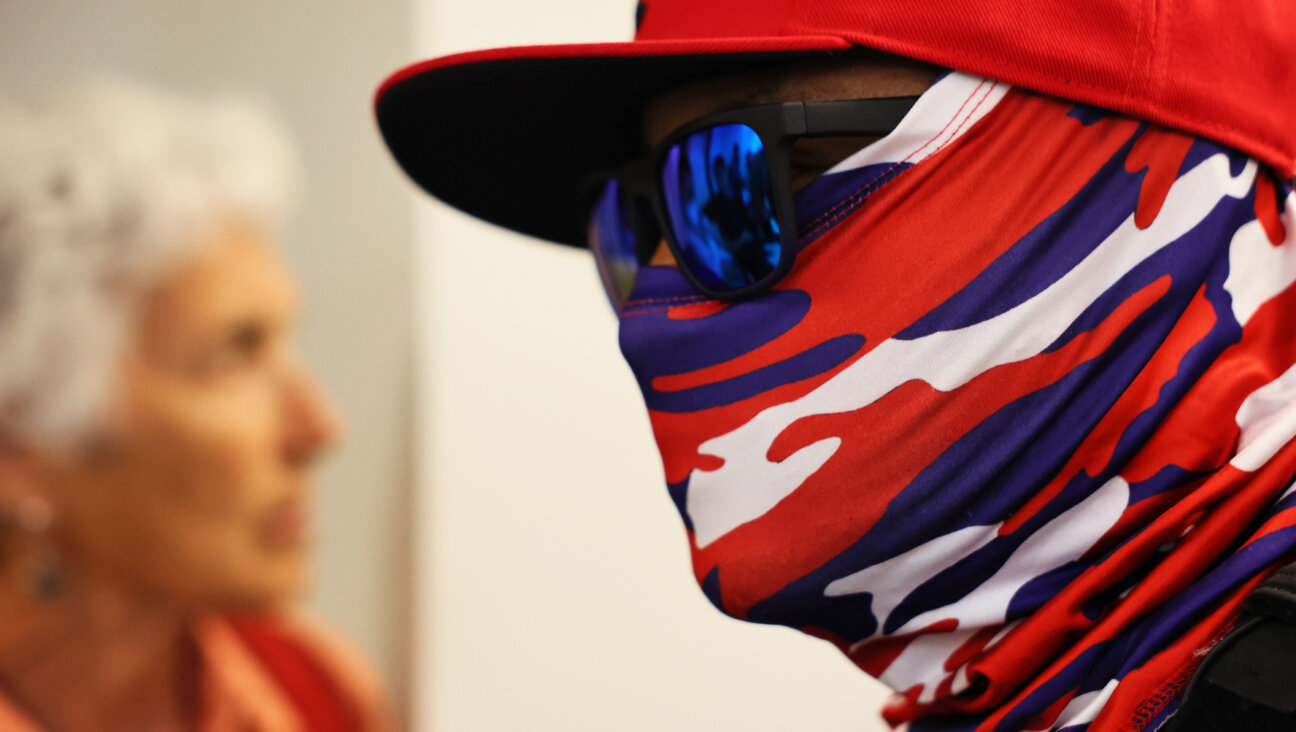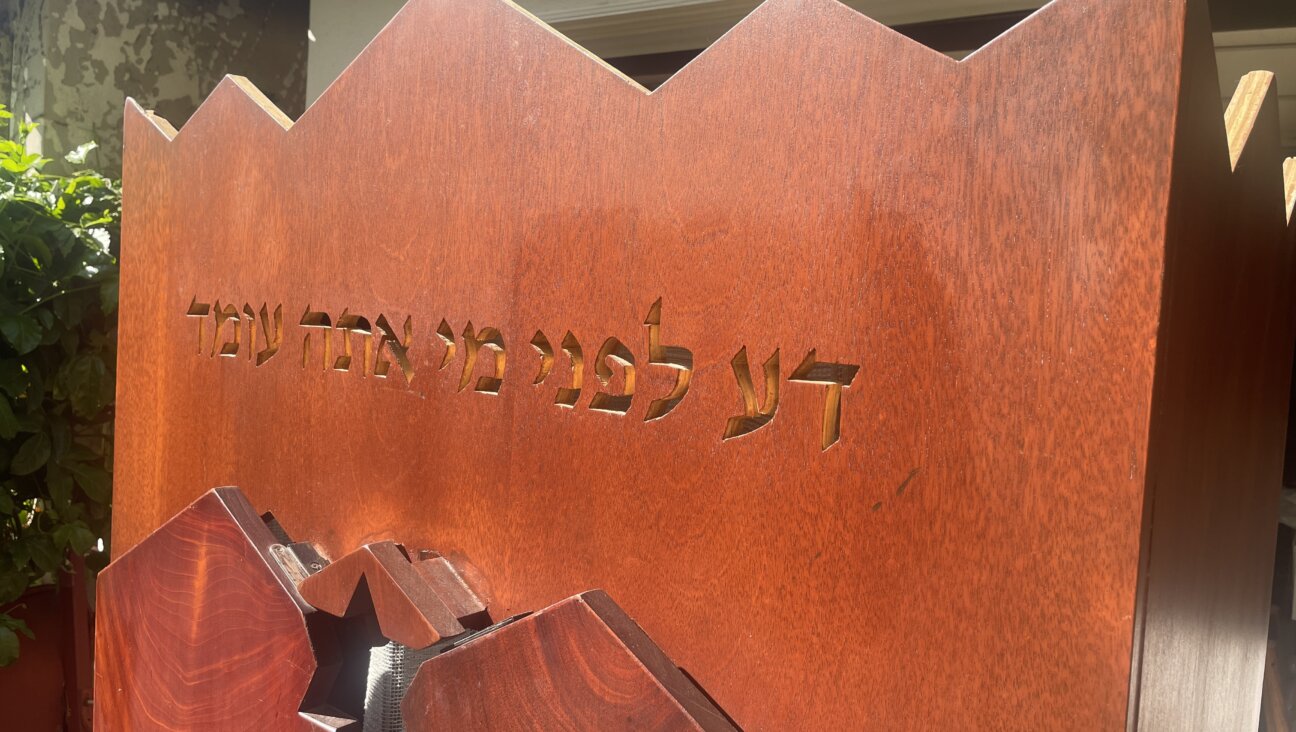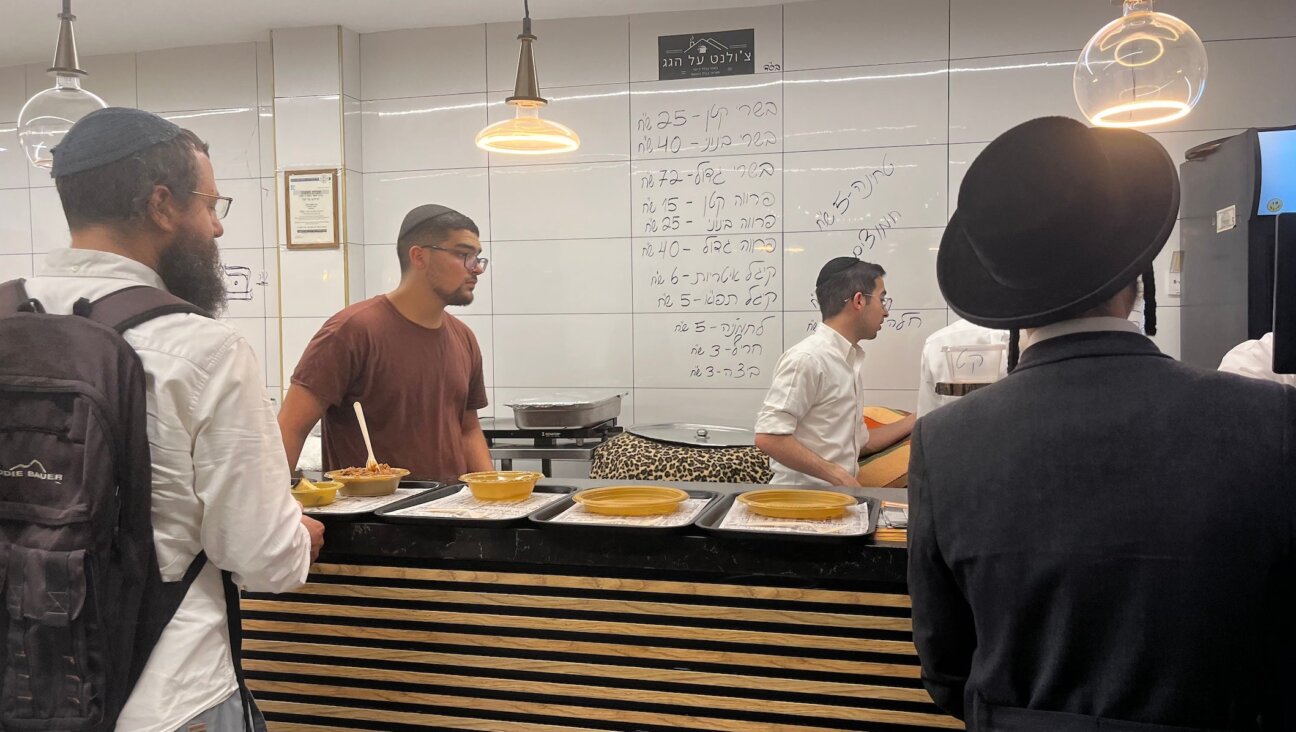A German City Built by Jews

Graphic by Angelie Zaslavsky
Cologne, Germany had a flourishing tradition, not just of Jewish creativity, but also of Jewish architecture. That tradition is demonstrated in “Cologne and its Jewish Architects,” an exhibition on view through September 5 at the Municipal Nazi Documentation Center of Cologne (NS-Dokumentationszentrum der Stadt Köln).
Jewish architects such as Sigmund Münchhausen contributed mightily to beautify the region in and around the city, and Münchhausen’s 1905/1906 synagogue in Osnabrück, 100 miles outside Cologne, is depicted in a 1926 oil on canvas by the noted painter Felix Nussbaum.
Earlier, turn-of-the-century Jewish architects such as Philipp Fritz conjured up rapturous visions in jugendstil (art nouveau) of commercial passageways. These must have enchanted the critic Walter Benjamin, who spent many years analyzing such covered groupings of shops in a fascinating book later published as “The Arcades Project.”
This ecstatic delight in urbanism eventually cooled down, resulting in smooth International Style villas in the Le Corbusier tradition, such as the Dr. Karl Klute Villa designed in 1930 by Manfred Faber, a significant talent who was murdered in Auschwitz in 1944.
Robert Stern, not to be confused with the famous American Jewish architect Robert A.M. Stern, was another eclectic talent, who created art deco designs in 1930 and 1931 for Cologne’s F. V. Grunfeld department stores, a Jewish-owned company.
By contrast, Stern’s Hall of Mourning for the Cologne Jewish Cemetery (1927-1930) has noble monumentality despite its small scale, and its interior cupola decorated with stars is reminiscent of Filippo Brunelleschi’s Pazzi Chapel, an Italian Renaissance masterpiece.
Stern and his family managed to flee Cologne for New York before the worst happened, as did Bertha Sander, another designer belatedly lauded in this compelling exhibit, who left her native city for London in 1935, where she lived until her death in 1990. Sander’s floral wall hangings, which express a sensitive and nuanced grasp of color, are now in the collection of the Victoria & Albert Museum.
Almost none of Cologne’s Jewish architects and designers who survived the war managed to recover the impetus of their previous careers. Yet the carnage was such, not to mention the destruction caused by bombing near the war’s end, that any survival at all seems a major achievement.
























